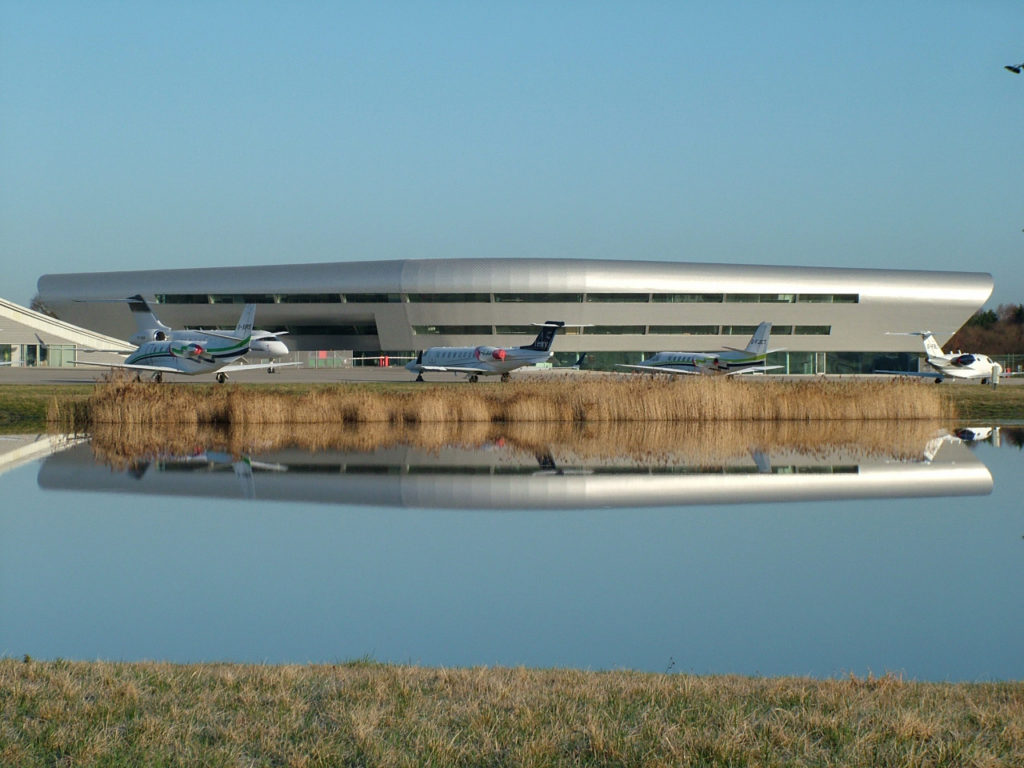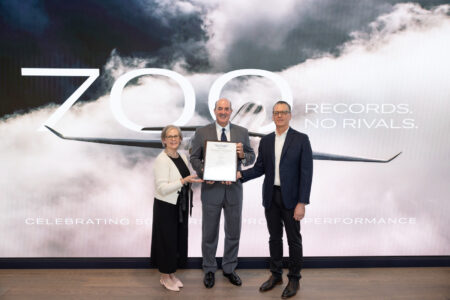The UK’s Civil Aviation Authority (CAA) has largely approved an airspace change proposal by TAG Farnborough Airport in the UK.
The airport’s request for the introduction of Class D airspace in its surrounding area will be met, subject to some significant concessions to the general aviation community. In order to enter Class D airspace, aircraft need clearance from air traffic control (ATC). The aircraft also needs to be equipped with a serviceable radio.
The CAA said that given the increase in business aviation at Farnborough Airport, there was a material safety case for introducing controlled airspace around the airport.
However, to accommodate the needs of other airspace users, two airspace blocks to the southwest and south of the airport will be classified as Class E, not Class D. Aircraft do not need clearance from ATC to enter Class E (TMZ) airspace if they are transponder equipped and flying under visual flight rules.
Non-transponder but radio-equipped general aviation aircraft will be provided access by Farnborough ATC. ADS-B devices will be accepted once considered fully interoperable with ground-based safety systems.
Farnborough will also be required to collaborate on reasonable access arrangements for gliders in three further Class D airspace blocks in the vicinity of RAF Odiham and Lasham Airfield.
The CAA said that the new airspace – which will become operational in 2019 – is the minimum necessary to contain the international requirements for new performance-based navigation flight procedures being introduced at Farnborough Airport.
Jon Round, head of airspace at the CAA, said, “This has been a long and complicated application and we respect the concerns of some sections of the GA community who have opposed it.
“However, we believe there is a very real safety case for creating a known traffic environment in the vicinity of Farnborough Airport to protect all airspace users.”





